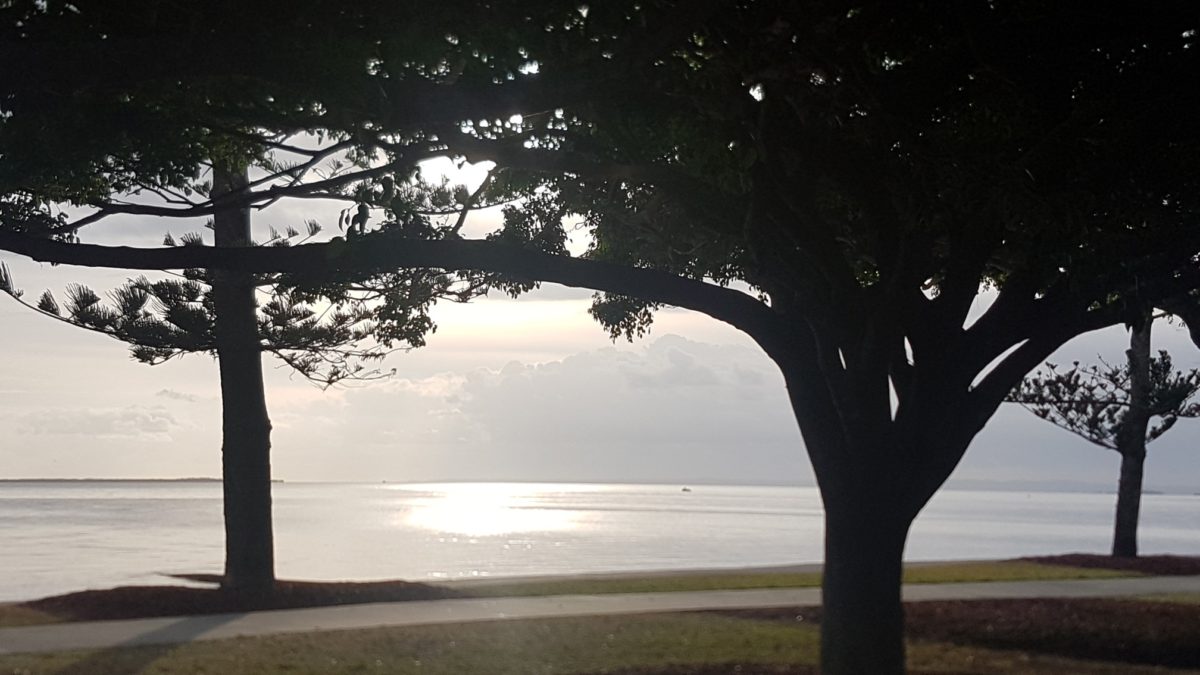David Treleaven recently published a book on Trauma-Sensitive Mindfulness. The book enables mindfulness trainers to recognise a trauma-affected individual, provide appropriate modifications to their mindfulness processes and avoid aggravating the individual’s trauma experience.
David argues that two factors are foundational to trauma-sensitive mindfulness, (1) choice and (2) anchors. He observes that people who are trauma-affected have experienced an unwanted negative event that endangered them, a total loss of control over the situation and a lack of agency (capacity to influence the outcomes). Providing choice, especially in relation to anchors, is critical for the welfare of the trauma-affected individual – it avoids reactivating the sense of helplessness associated with the traumatic event and reduces the likelihood of triggering a painful “body memory”.
Providing a choice of anchors – internal sensations
An anchor enables an individual to become grounded in the present moment despite being buffeted by distractions, negative self-stories or endless thoughts. The choice of an anchor is a very personal aspect of mindfulness – it relates to an individual’s preferences, physical capacity and emotional state. An anchor enables a person to experience ease and emotional stability.
Jessica Morey, an experienced teacher of trauma-sensitive meditation, begins a meditation training session by offering participants a choice of three internally-focused anchors – a bodily sensation, attention to sound within their immediate environment (e.g. the “room tone”) or a breath sensation (air moving through the nostrils, abdomen rising and falling or movement of the chest).
Participants are given the opportunity to try out these different anchors over a five-minute period and to make a choice of an anchor for practice over a further period. Providing this choice of anchors avoids locking individuals into a mindfulness process that can act as a trigger for reexperiencing trauma, e.g. sustained focus on breathing.
Alternative anchors – external sensing
David notes that the five senses offer further choices of anchors – in addition to the internally focused anchors suggested by Jessica. The senses enable a participant in meditation training to focus on some aspect of their external environment:
- Hearing – tuning in to the external sounds such as birds singing, the wind blowing or traffic flowing past. The downside of this approach is that it may trigger our innate tendency to interpret sounds and this may lead to focusing on a particular sound – trying to identify it and its potential source. So, this may serve as a distraction pulling us away from experiencing (the “being” mode) to explaining (the “thinking” mode). The aim here is to pay attention to the experience of hearing, not to focus on a single sound. Sam Himelstein has found that listening to music can be a very effective anchor for a person who is in a highly traumatised state – choosing music that aligns with the individual’s musical preferences can serve as a powerful anchor.
- Touch – a trauma-affected person could have an object, e.g. a crystal or a stone, that provides comfort and reassurance and enables them to become grounded in the present moment through the sensation of touch.
- Seeing – taking in the natural surroundings, e.g. by observing closely the foliage of a tree – its colours, shape and texture or observing the patterns in the clouds.
Other options include sensations of smell or taste. However, in my view, these tend to be less neutral in character and can re-traumatise a trauma-affected person.
David Treleaven offers a wide range of resources to help meditation trainers build their awareness, skills and options in the area of trauma-sensitive mindfulness (TSM). These include an online training course, interview podcasts, a TSM Starter Kit (incorporating an introductory video and a comprehensive “TSM Solutions Checklist”) and a live meetup of the TSM Community (registered members of a community of TSM-aware practitioners).
Reflection
As we grow in mindfulness through meditation, research and reflection, we can become more flexible about how we offer mindfulness training. A trauma-sensitive approach to mindfulness requires an awareness of the manifestations of trauma and post-traumatic stress disorder (PTSD), identification of different sources of anchors and the willingness and capacity to offer participants the choice of an anchor and an approach to mindfulness. This means that we need to move beyond our own fixation with “meditation logistics” and be flexible enough to offer trauma-informed mindfulness practices.
____________________________________________
Image – Trees on the foreshore, Wynnum, Brisbane
By Ron Passfield – Copyright (Creative Commons license, Attribution–Non Commercial–No Derivatives)
Disclosure: If you purchase a product through this site, I may earn a commission which will help to pay for the site, the associated Meetup group and the resources to support the blog.


